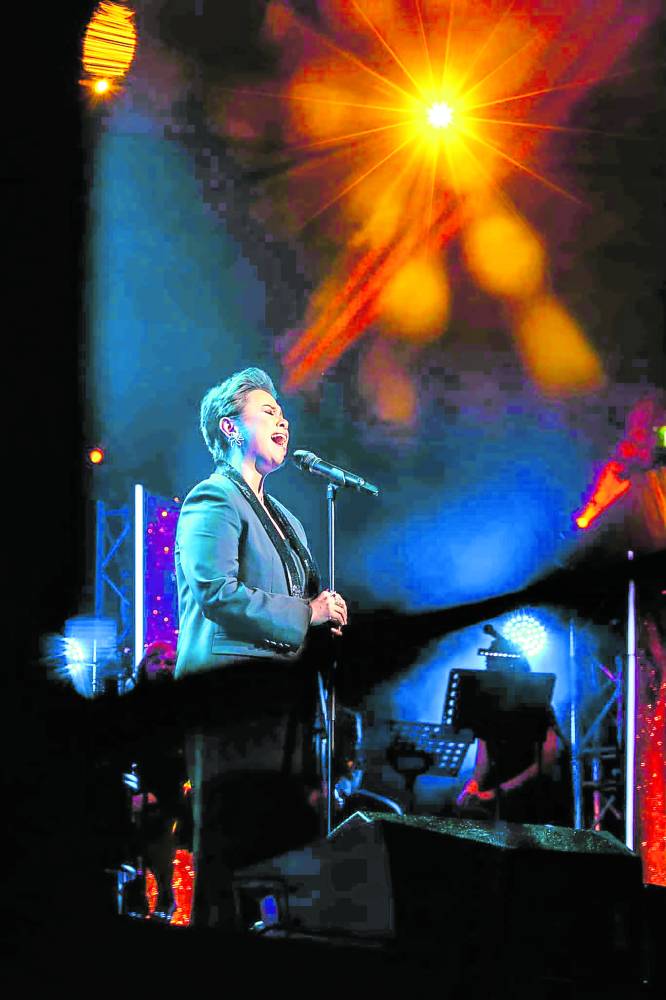As much an OPM icon (“Bakit Labis kitang Mahal,” “If Only”) as she is a theater legend, we asked Lea Salonga to describe how different the satisfaction she gets from acting compared to singing—which is something she can do with her eyes closed.
“Both feed my emotions,” she explained. “I mean, they’re both just channels. They just feel like pathways through which I can express what’s happening or whatever internal life happens to be going on.
“They’re different but, at the same time, with singing, there needs to be an element of acting in order to really get those emotions out. I mean, it can’t just be singing to sound pretty—that’s not interesting.
“You’re singing because you have a story to tell; [you’re] singing because you have an intention to fulfill. So there’s still some acting involved. When I sing, I try to infuse the music with a story.
“As for the satisfaction I get from singing … there’s recorded singing and then there’s live singing. With live singing, I get a response immediately from an audience—it’s instant feedback.
“But when I record, much like doing a film as an actor, I have to wait until the release before I get some sort of reaction … that’s when it’s actually in the hands of an audience or a listener.
But what does she find appealing about acting?
The Tony-winning actress answered, “The nice thing about acting—which I didn’t use to enjoy as much, but now I’m kind of enjoying it—is that the rhythms are set by the actor much more than the arranger, orchestrator or music director.
“Yes, it’s always a collaborative thing. And if I say, ‘OK, that’s too slow or too fast,’ they follow what I want. I’ve been fortunate enough that I get to work with sensitive music directors, who ‘listen’ and are able to pick up on which way I’m going. In that way, I feel like I have more rhythmic freedom.
“When I’m acting now, I’m the one who sets the pace of it—unless of course a director tells me, ‘OK, you’re going too slow. You have to go faster.’ But yeah, it’s an interesting thing to now realize that, ‘Oh, the rhythm’s in my hands pala’—and I get to play with it.
‘Setting rhythms’
“For example, if I’m doing a scene with Malia Pyles (who plays her daughter in ‘Pretty Little Liars: Original Sin’), and we’re doing a take [imbued with] a certain emotion, the director will come and say, ‘Can you give this to me, but infuse it with more of this or that?’ So we go again, and we follow the director’s suggestion. Then, when it gets to the editing room, they piece things together.
“It’s an interesting thing where there isn’t an orchestra chasing after me. It’s just me and a scene partner—and we’re setting these rhythms, or we’re the ones in charge of tempo, which is actually liberating and a lot of fun.
“The nice thing about it is, in terms of doing musicals, or straight dramas, in terms of doing film and singing, the one thing they all have in common is that self-indulgence has no place in it. At the end of it, you’re telling a story.
“Whatever you do, whether it’s acting, singing, or acting and singing together, it has to serve the story you’re telling.” INQ
